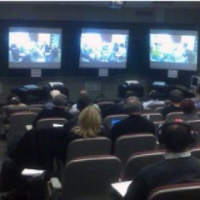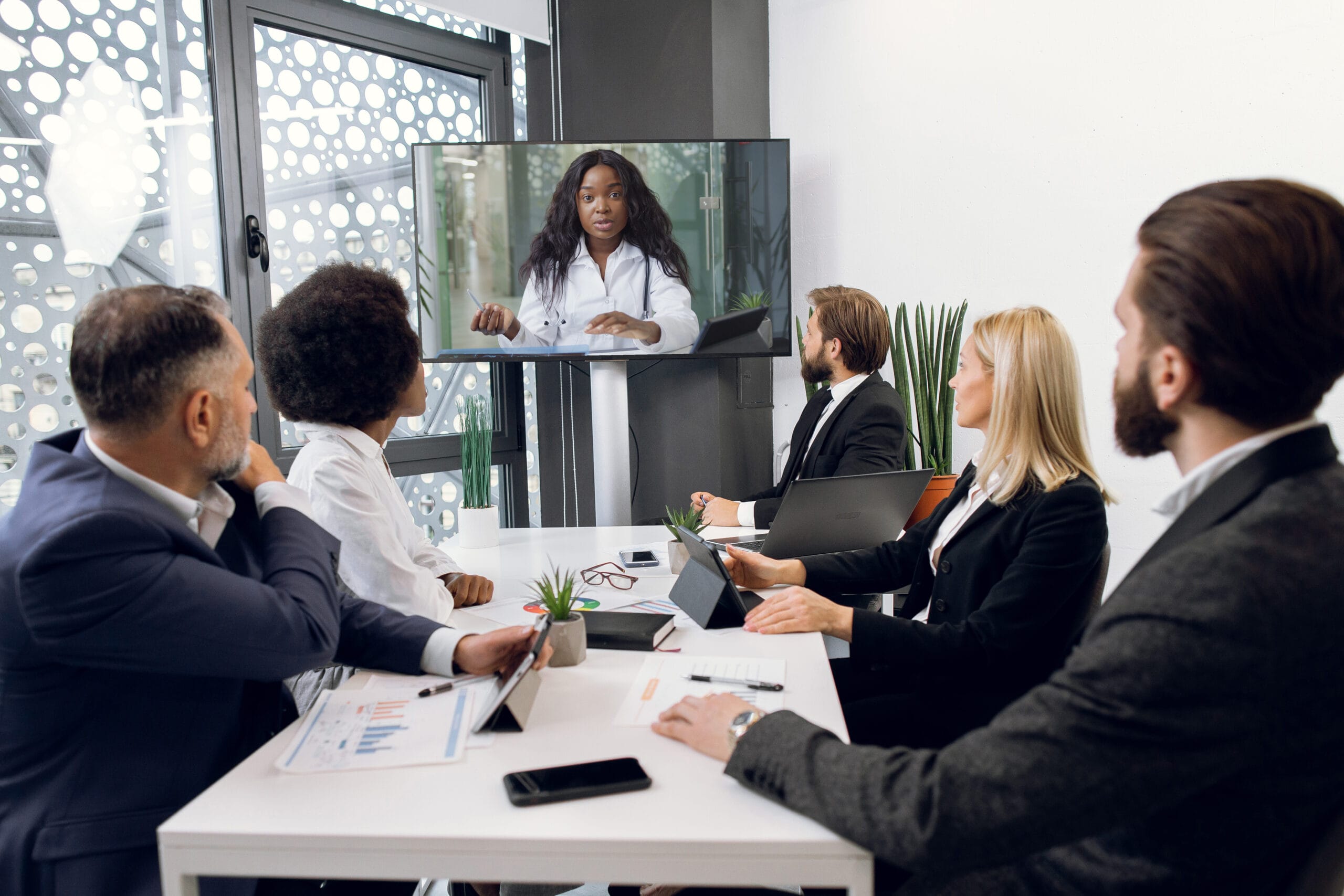Trial Presentation Specialized Assistance for Persuasive Legal Arguments
Trial Presentation Specialized Assistance for Persuasive Legal Arguments
Blog Article
Astound the Court: Necessary Components of a Powerful Trial Presentation
Important components such as understanding the target market, crafting an engaging narrative, and understanding verbal and non-verbal communication are critical components of a reliable presentation. As these elements link, they form a cohesive approach that not only notifies yet also engages jurors on several degrees.

Recognizing Your Target Market
Understanding your audience is a critical element of reliable test discussion. An effective presentation depends upon the ability to understand the demographics, worths, and proneness of jurors. This understanding educates just how debates are framed, evidence exists, and sob stories are crafted, guaranteeing that the message resonates with the jurors on a personal level.
Research indicates that jurors come from diverse backgrounds and may have varying degrees of recognizing pertaining to lawful process (trial presentation). Hence, it is critical to stay clear of lawful lingo that might push away or confuse them. Instead, employing clear, relatable language cultivates involvement and understanding. Furthermore, understanding the jurors' potential prejudices and life experiences allows the trial speaker to prepare for arguments and address issues proactively.
Efficient test presentation additionally involves observing jurors' responses throughout the proceedings. Involving with jurors as individuals rather than a cumulative unit is necessary in fostering a strong link in the courtroom.

Crafting a Compelling Story
Crafting a compelling story is necessary in directing jurors through the intricacies of a case. A well-structured story not only streamlines elaborate lawful ideas yet likewise engages jurors on a psychological level, making the info more relatable and remarkable.
This message must reverberate with the jurors' values and experiences, cultivating a link that transcends simple realities. This chronological method can aid jurors follow the progression of events, stressing reason and effect.
Integrating human components-- such as individual stories or anecdotes-- can additionally boost the story's impact. These aspects stimulate empathy, enabling jurors to imagine the effects of the case on actual lives. Additionally, utilizing a regular motif throughout the discussion reinforces the main argument, making it simpler for jurors to preserve crucial points.
Eventually, an engaging story changes a trial presentation from a mere recounting of realities right into an influential tale that astounds the court, motivating them to ponder with both reason and emotion.
Utilizing Visual Help
Integrating visual aids right into a test discussion can dramatically boost jurors' understanding and retention of info. Visual products such as graphes, diagrams, photographs, and videos can change intricate legal concepts and proof right into easily absorbable layouts. By involving several senses, these help enable jurors to visualize the instance's crucial aspects, making it easier for them to adhere to along and comprehend elaborate information.
Additionally, well-designed aesthetic aids can stress important points and emphasize connections between various pieces of proof. Timelines can properly show the series of events, while annotated photos can clear up certain details pertinent to the case. This not just help in understanding however additionally reinforces the story presented by the attorney.
It is essential, nevertheless, to make certain that visual help matter, clear, and professionally provided. Extremely complex or chaotic visuals might overwhelm jurors and interfere with the message. When made use of sensibly, aesthetic help serve to match the dental debates and enhance the general influence of this hyperlink the trial presentation. Eventually, reliable visual communication can be a powerful tool in encouraging jurors and assisting them reach notified final thoughts.
Understanding Verbal Interaction
Reliable spoken interaction is vital in a test presentation, as it serves as the primary methods via which lawyers communicate their disagreements and connect with jurors. Simplicity in language cultivates understanding and aids jurors comprehend complicated problems provided during the test.
In addition, tone and pacing dramatically influence exactly how messages are received. A confident tone shares authority, while proper pacing enables jurors to absorb details without feeling overwhelmed. Lawyers must also differ their singing inflections to emphasize key factors and preserve jurors' interest throughout the discussion.
Furthermore, the organization of spoken disagreements is essential. Structuring the narrative logically and coherently assists jurors follow the lawyer's line of thinking, making it easier for them to preserve vital information. Utilizing influential methods, such as storytelling, can additionally enhance the psychological resonance of the debates presented, consequently creating a much more profound connection with jurors.
Inevitably, grasping spoken communication not just reinforces an attorney's instance but likewise cultivates count on and relationship with the jury, substantially enhancing the opportunities of a positive verdict.

Engaging With Body Movement
Nonverbal interaction plays an important duty in trial presentations, commonly communicating messages that words alone can not share. Body language, encompassing motions, posture, face expressions, and eye contact, dramatically influences just how jurors view the reliability and genuineness of the presenter. A positive position, with shoulders back and an open pose, can infuse depend on, while closed-off body movement may recommend defensiveness or uncertainty.

Facial expressions need to show the feelings connected with the instance, strengthening the story existing. An honest expression during a touching minute can elicit compassion and strengthen the psychological appeal. Inevitably, mastering body movement is essential for efficient test presentations, as it improves spoken communication and develops an engaging presence that resonates with the court.
Conclusion
To conclude, astounding the jury requires a critical YOURURL.com method that includes recognizing the audience, crafting an engaging story, utilizing visual help, understanding verbal interaction, and involving through body language. Each aspect plays an essential function in producing an effective trial presentation that resonates with jurors on both psychological and intellectual degrees (trial presentation). By integrating these elements my blog properly, legal professionals can considerably improve their capacity to encourage and affect court decision-making
Report this page